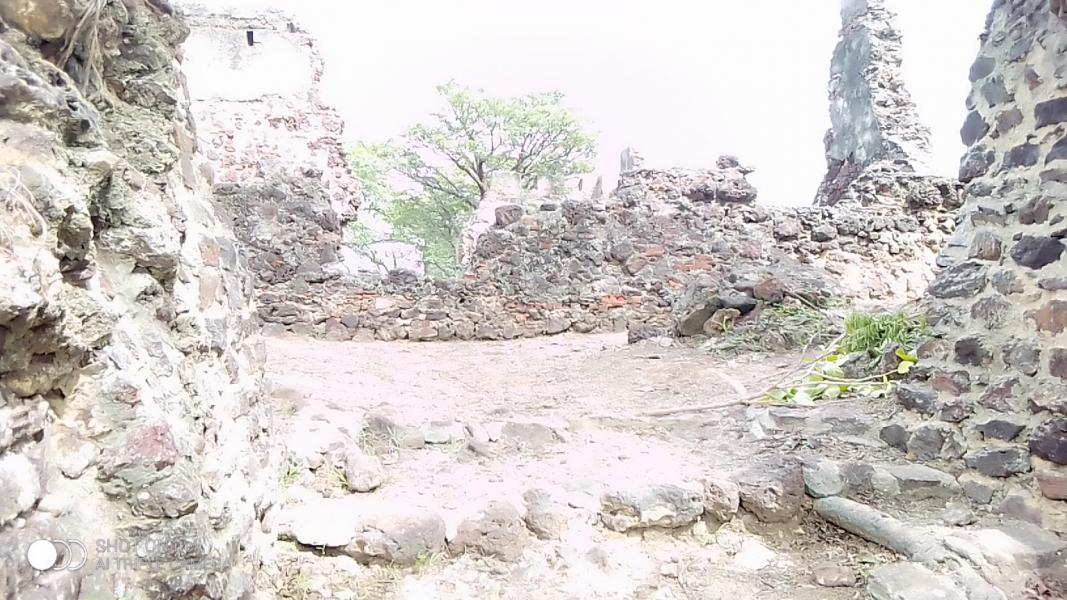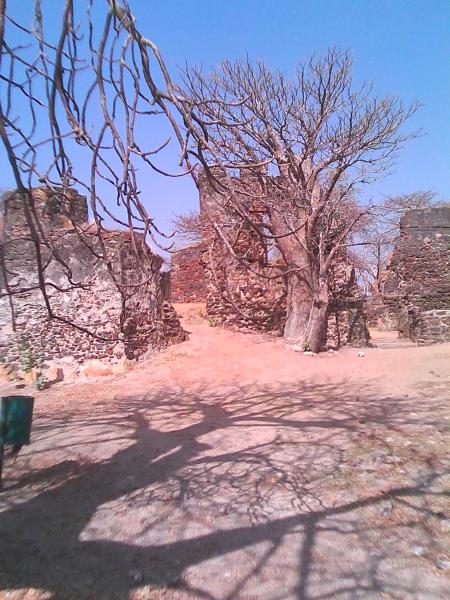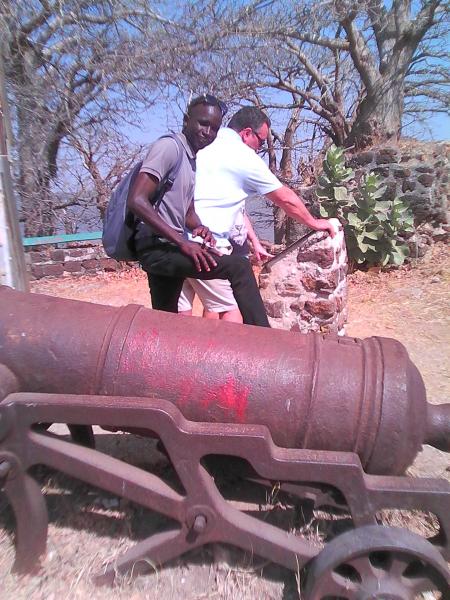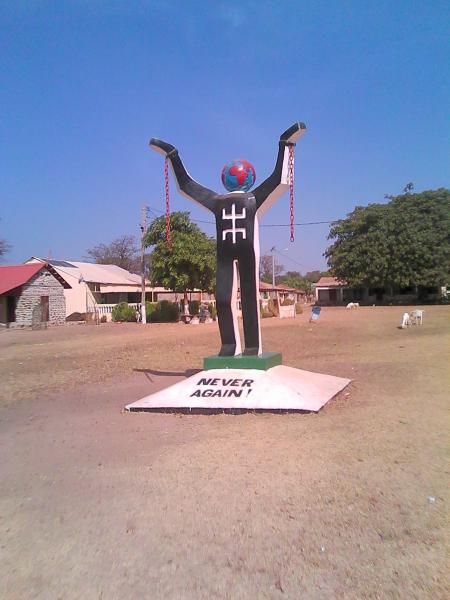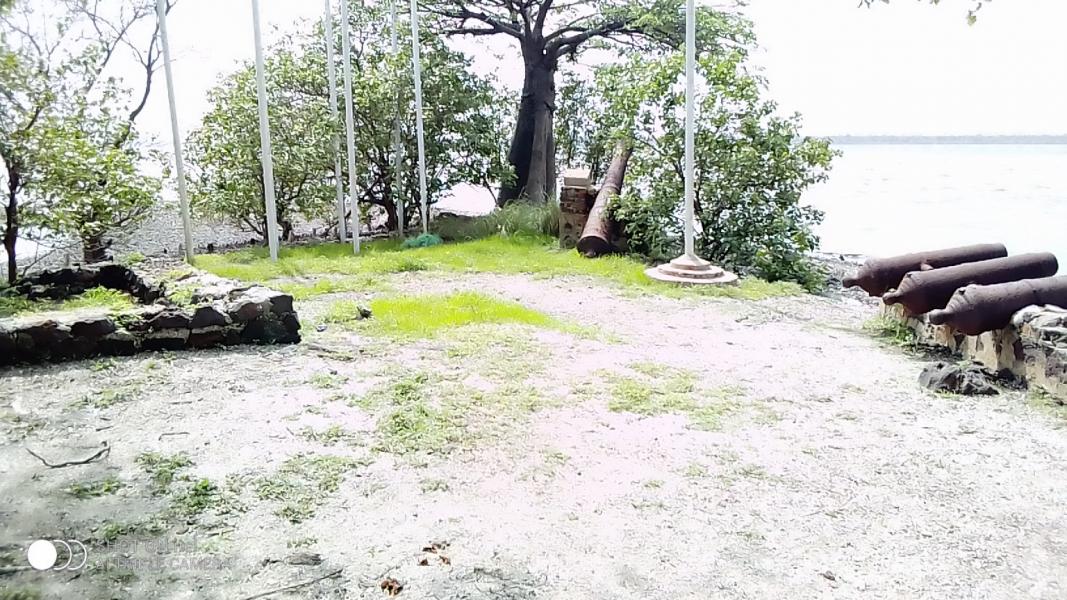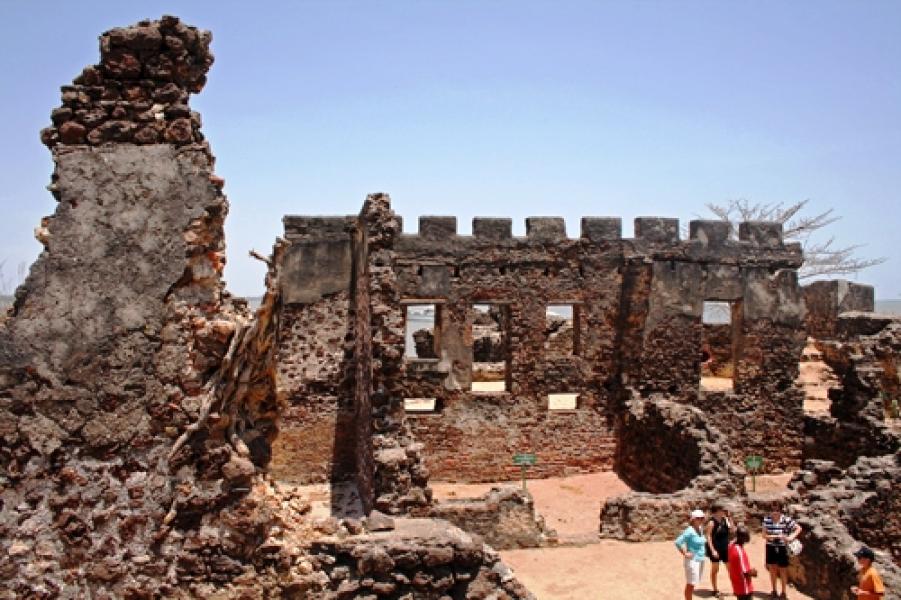The Kunta - Kinteh Island
The Gambia
An important historical site from the Atlantic slave trade era, Kunta Kinteh Island and its related sites—including Fort Bullen, Juffureh, and Albreda—are UNESCO World Heritage-listed. The first European settlers were Dutch colonists from Courland, although the English crown granted the island to two separate companies in 1588 and 1618. In 1651, settlers built a fort named after Jacob Kettler, Duke of Courland, which served as a trade base until the British captured it in 1661.
The island, formerly known as James Island, is famously linked to the character Kunta Kinteh, featured in Alex Haley’s book and TV series Roots. Kunta Kinteh was one of 98 enslaved Africans taken aboard the slave ship Lord Ligonier in 1767, destined for Annapolis, Maryland, marking a poignant chapter in history.
Quick Facts
- Kunta-Kinteh Slave Island
Its first settlers were the Duchy of Courtland & Semegailia a vassal state of the Polish Lithuanian Common wealth.
- The Slave Island
The Island was major slave trading post in Africa during the Trans-Atlantic Slave trade.

